Brilliant Homemade Aphid Spray That Works
Learn how to eliminate aphids in your garden without harmful chemicals and whip up your own natural homemade aphid spray in minutes!
If your garden is invaded by aphids, yuck!! but no need to panic as I’ve got the perfect solution: a homemade aphid spray that actually works! I love this spray because it’s simple, easy and quick to make and most importantly, chemicals-free – this is a game changer for any gardener!
There are about 4000 varieties of aphids and they feed on a wide range of plants, giving them yellowing, distorted leaves, affecting growth and in severe cases, even killing the plant. Ladybugs are their natural predator but since most gardeners don’t have ladybugs on hand, a DIY aphid spray is the next best thing and the most convenient too.
All you need to do is go in the kitchen and make yourself a super easy, super quick homemade aphid spray. This natural aphid control method is so easy but so efficient, you won’t believe your eyes! If you have a really big infestation you may need to apply this natural aphid spray a couple of times and even hose down your plants but typically, aphids will die after the first round of this homemade aphid spray. So let’s roll up our sleeves and get ready to say goodbye to those pesky aphids!
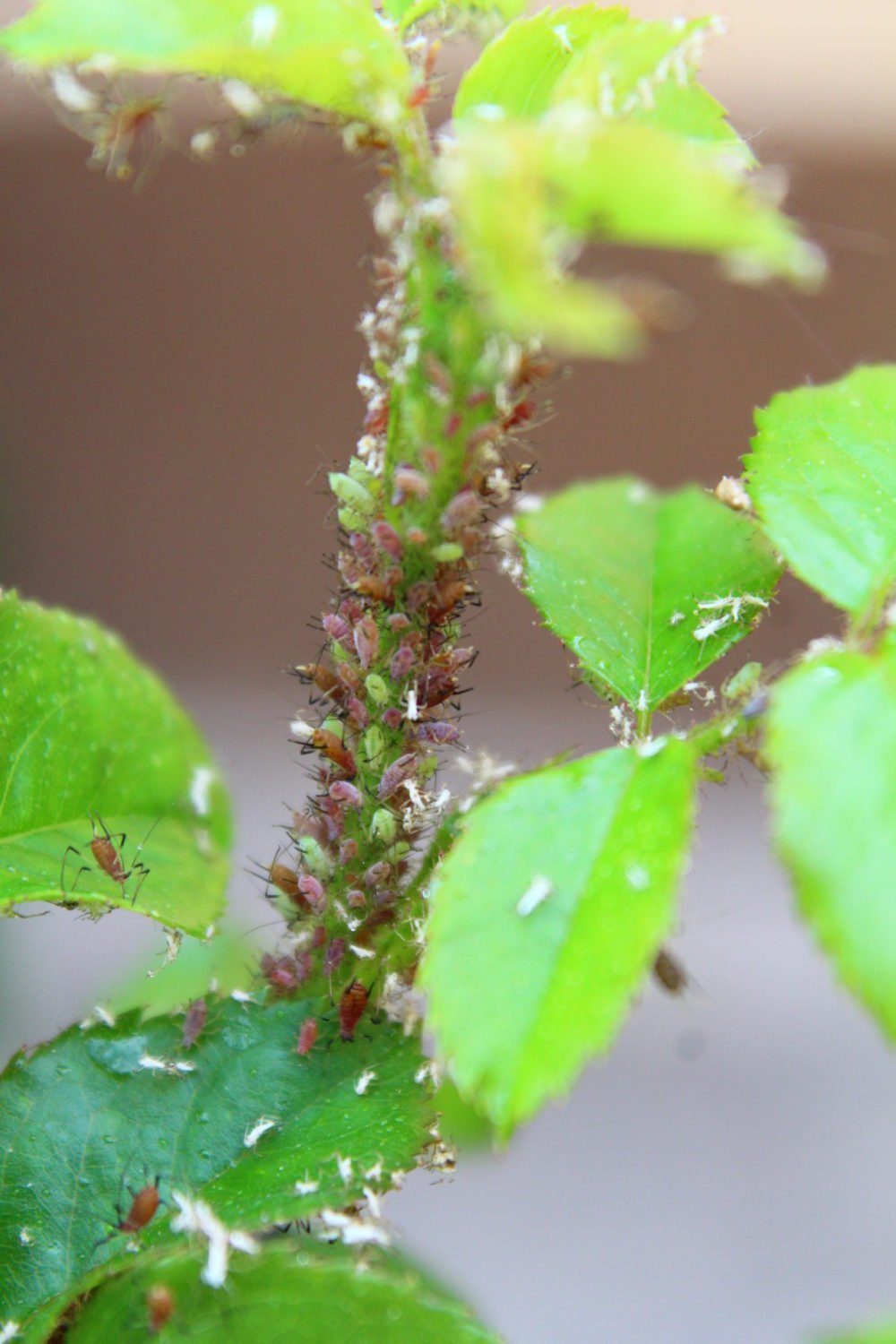
How to make homemade aphid spray
Ingredients:
- 3 tablespoon organic liquid dish soap (soap will dissolve the waxing coat on mites, dehydrating them without harming the plant)
- 8 oz tap water
- spray bottle
- optional – 1 teaspoon cooking oil, neem oil or essential oils such as peppermint or lavender (to help the solution stick better to the plants, thus being more efficient at killing the aphids)
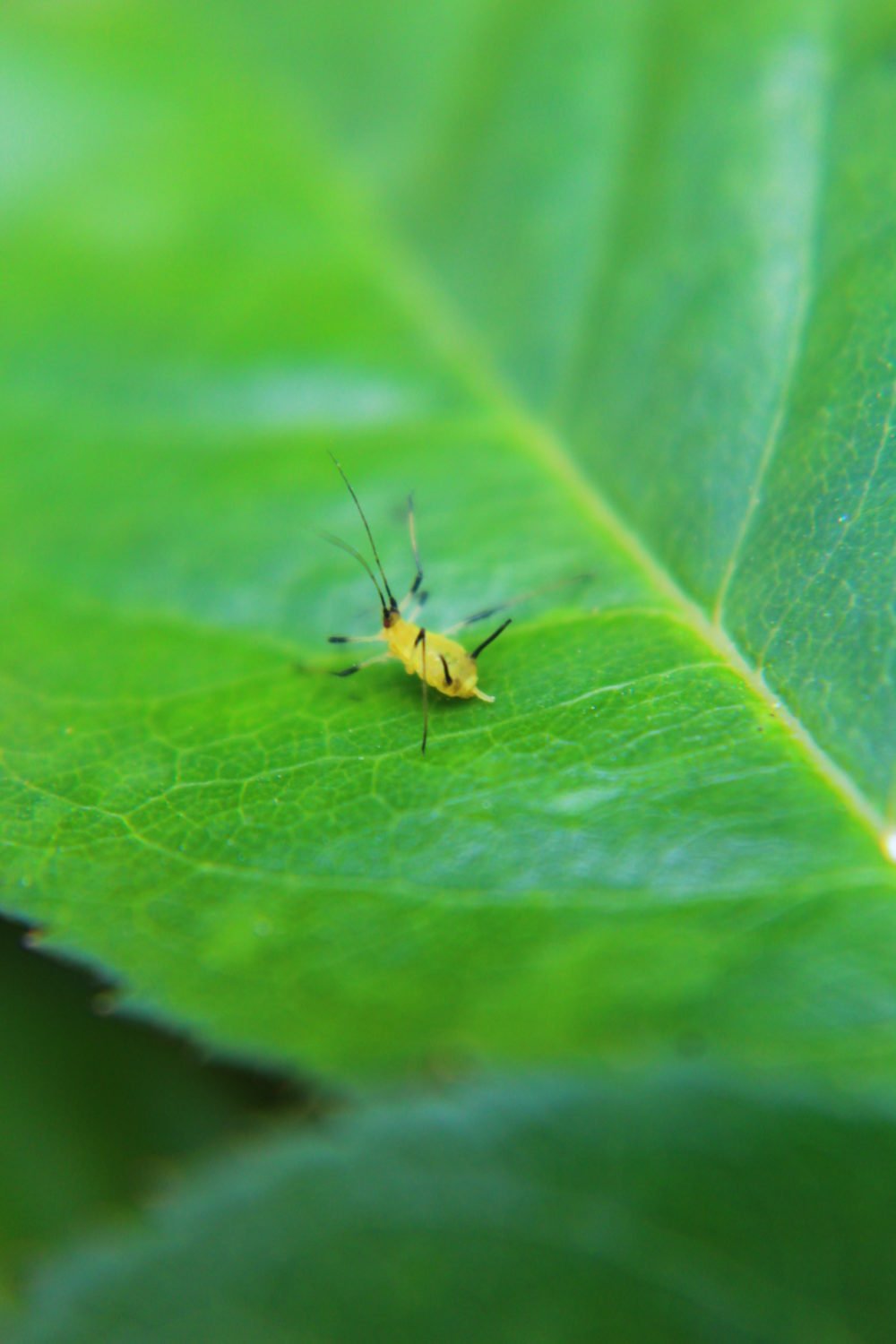
Directions to make the soap insecticide recipe
- Mix all ingredients in a spray bottle and give it a good shake.
- Generously spray the plants with the mixture on the affected areas and underside of leaves.
- Leave on overnight.
- Hose down the plants the next day, making sure the water flow won’t damage the plant
- Let the plants air dry.
- Lightly mist the solution again after drying. You should see your plants getting back to a healthy green color within a few days up to a week (that is if they weren’t already killed by aphids before the treatment was applied)
- Note: you may need to repeat the process if you’re fighting a big infestation! Just check your plants regularly and repeat at the first sign of infestation.
That’s right, I was lying, guilty as charged! This spray is not a repellent, it’s actually an aphid killer but I bet you don’t care about it at this point! Your garden and hard work are a priority, right? And this powerful homemade aphid spray is just what you need!
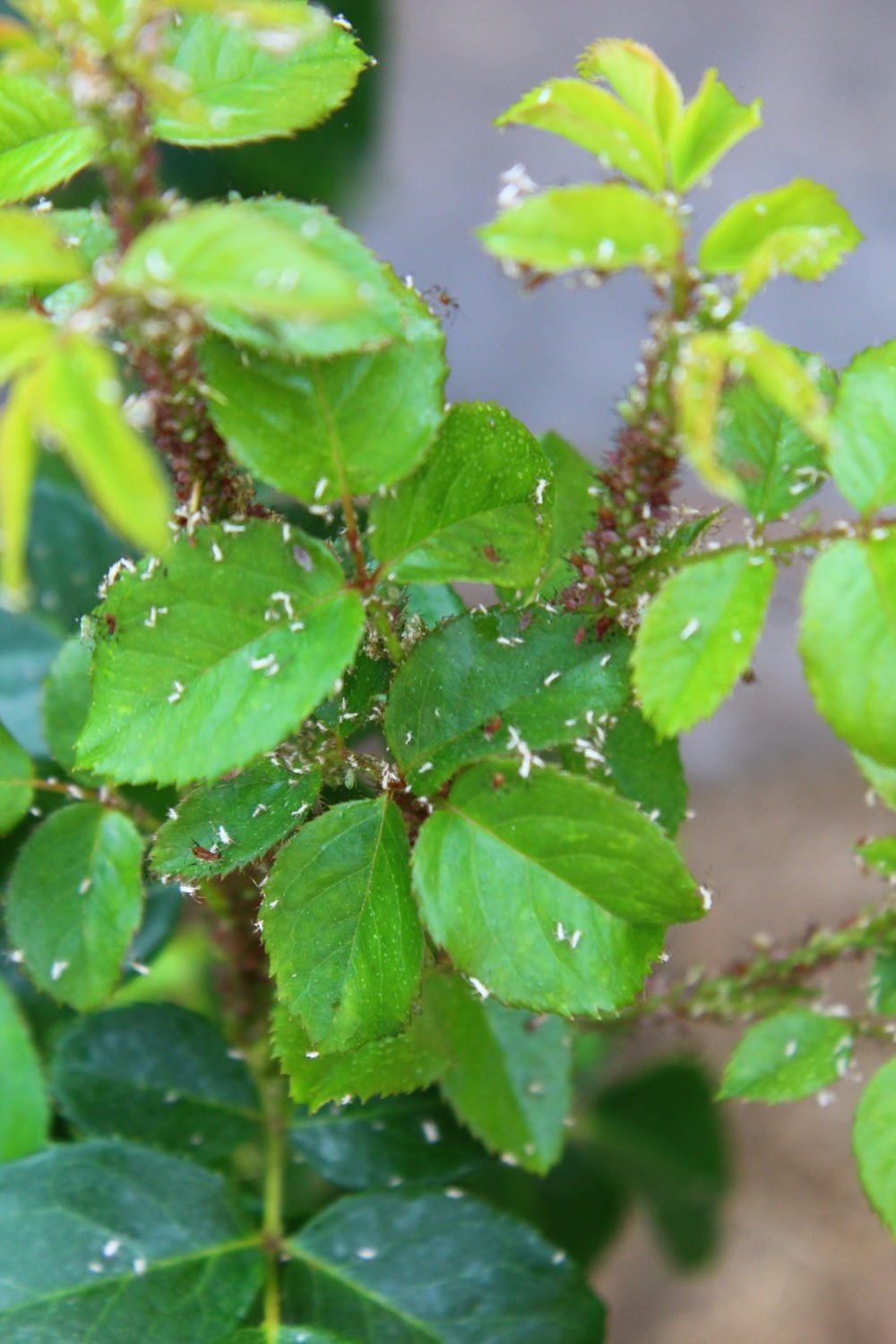
Frequently asked questions
Does soapy water really kill aphids?
Yes, it does! It’s an all-natural insecticide that kills a wide range of garden pests, including aphids. Not only that, but it’s also cheap and easy to make. All you need is a small amount of liquid soap – any kind will do the job – and some water.
I generously applied my DIY aphid spray in the afternoon, both on the leaves and undersides, where eggs and larvae usually hide. When I checked the next morning they were all dead, changing color (I touched them to see if they move; yuck, I know but had to make sure!); but still sitting on my beautiful roses.
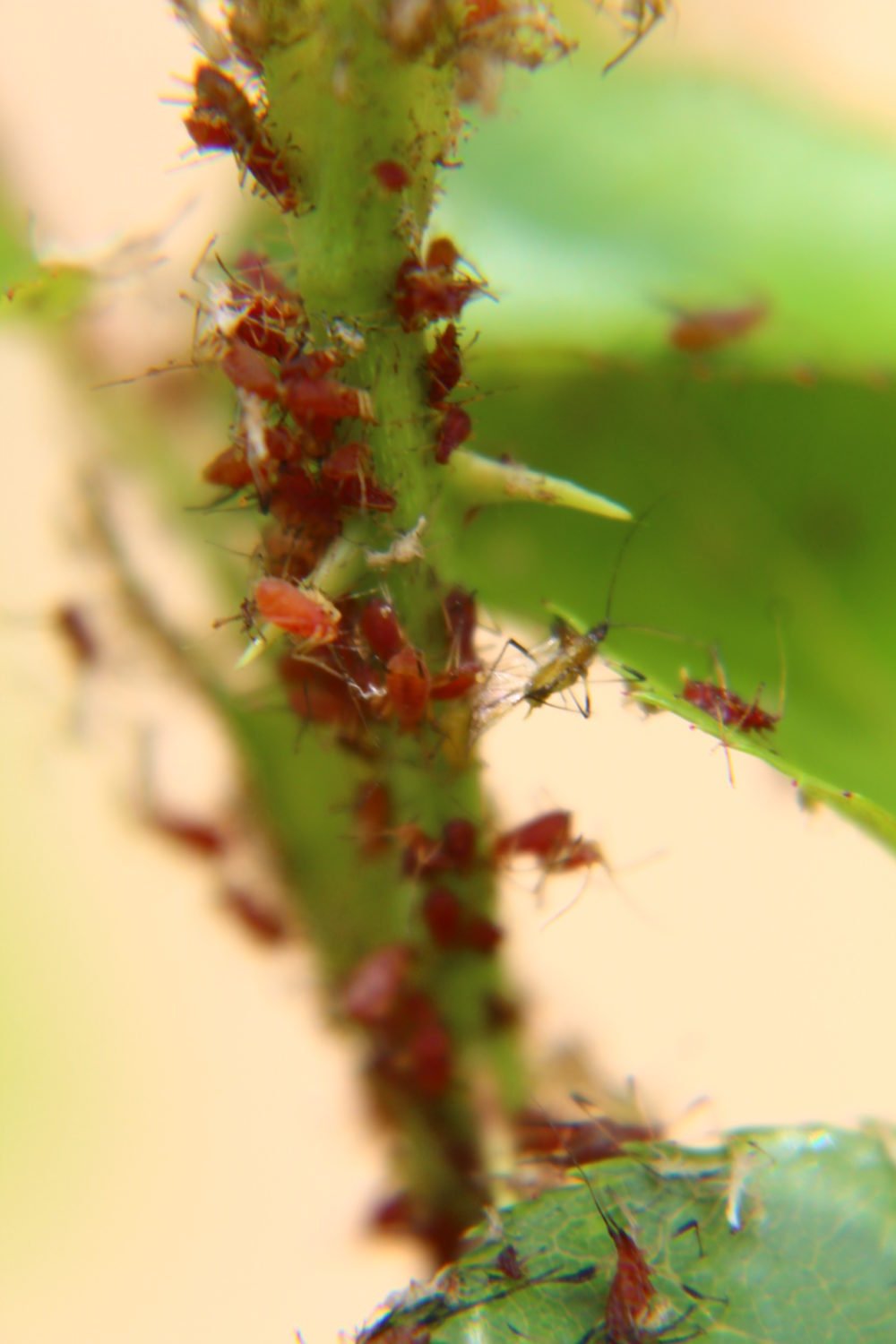
Since that wasn’t quite a sight for sore eyes I grabbed the garden hose and gave my roses a good wash until all bugs were gone (Note: If you need to do this too, be careful with the younger, more sensitive plants as the high pressure of the water flow may damage them. I held the plants with one hand, wearing garden gloves and hosed down using the other hand).
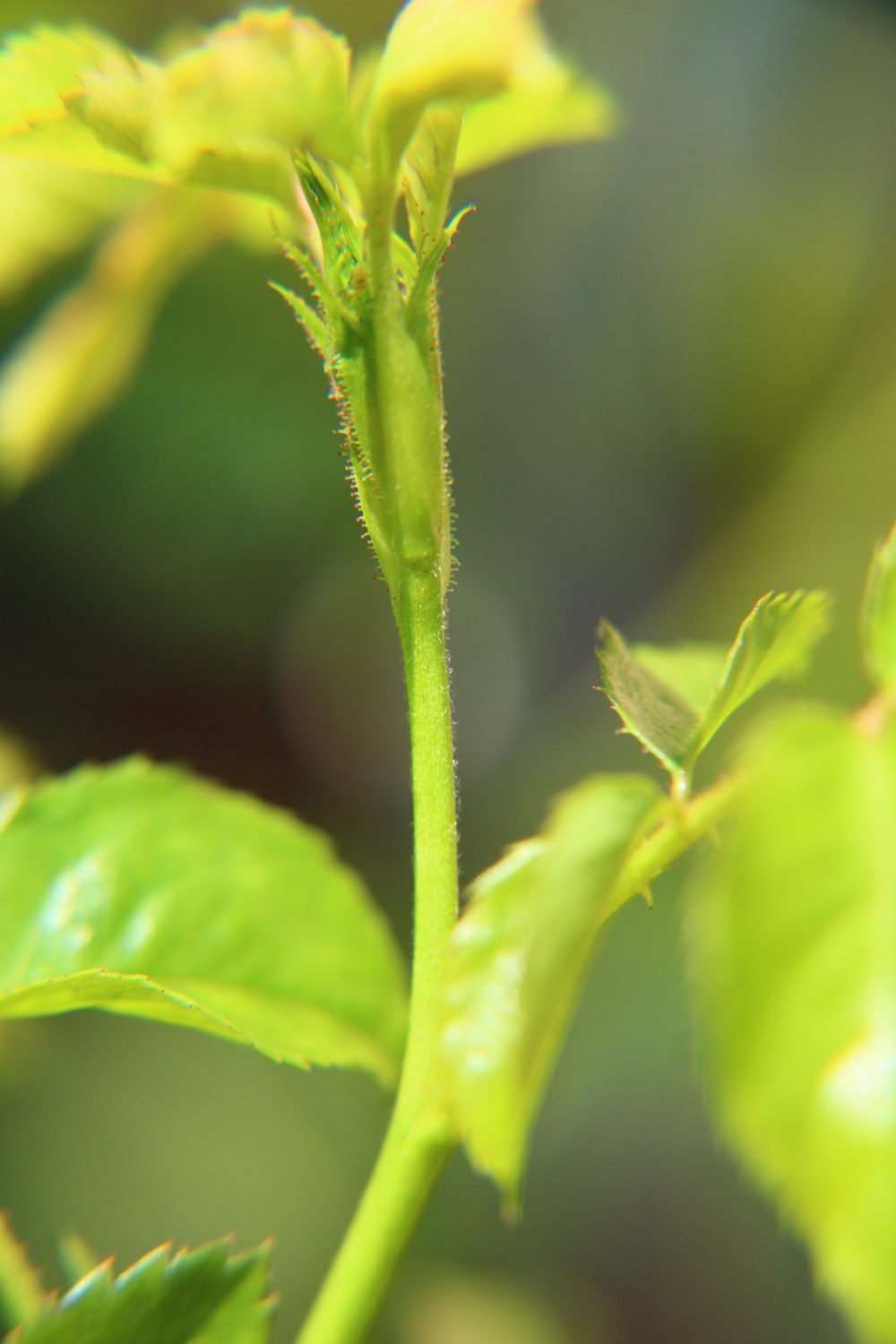
Then I let the roses dry and applied a light misting to make sure the bugs won’t be back, repeating the misting the next day too, I’m a freak like that (those disgusting critters really give me the creeps!). And my beautiful, bright flowers are now back to their old self!
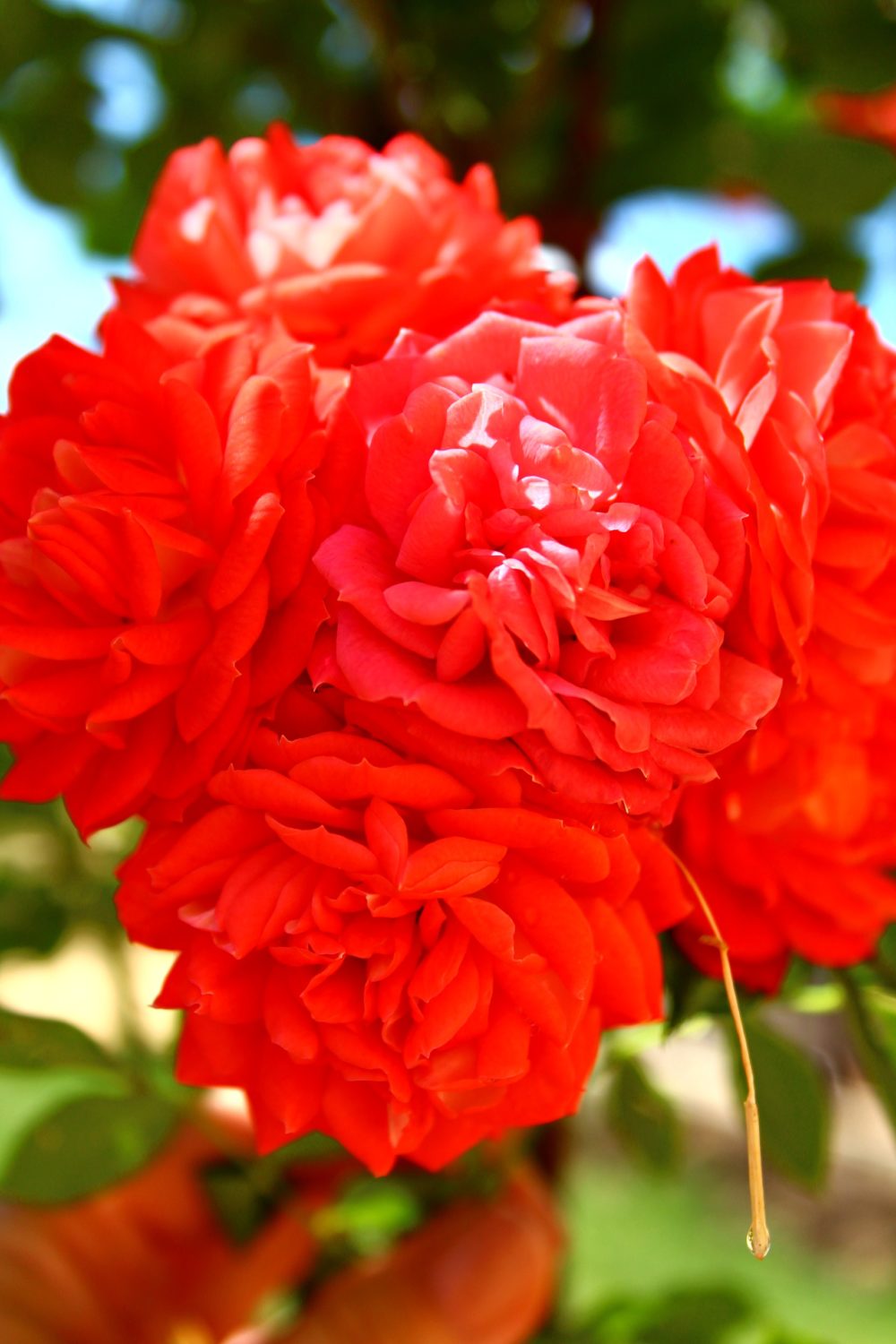
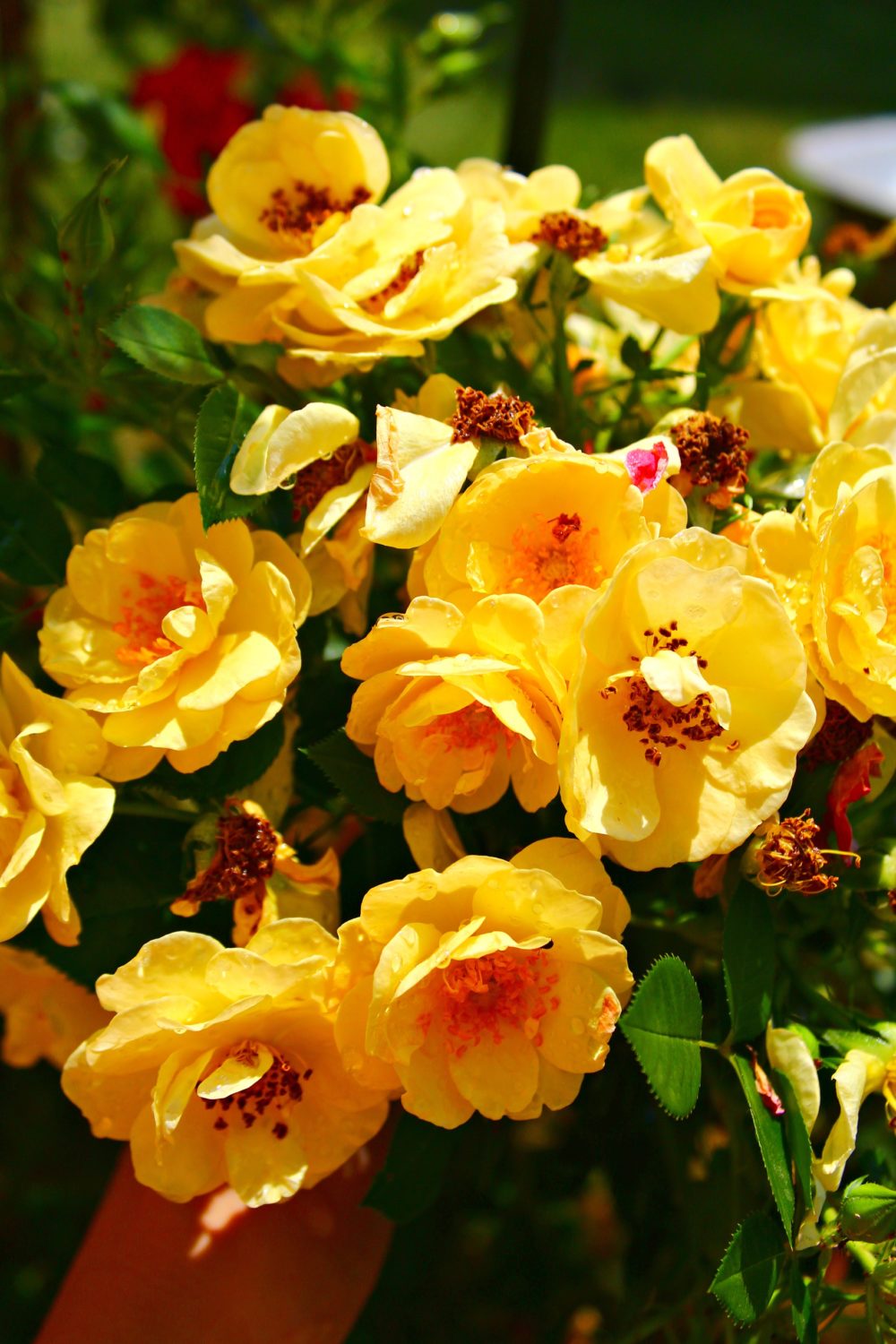
How long to leave soapy water on aphids?
Just leave it on overnight and hose down the plants the next day. This should be enough to kill off all aphids, however if you’re dealing with a big infestation you may need to repeat the process a couple of times until they’re gone for good. For big infestations I advise you to use a larger container to spray plants.
Will spraying white vinegar on plants kill them?
Yes, eventually! White vinegar is an acetic acid which will slowly burn the leaves on your plants if used excessively. It’s a good natural pest repellent but not one to be used too often as it could harm or even kill your plants.
How do I spray my homemade aphid spray without harming good insects?
Inspect the plants first for good insects such as ladybugs, lacewings and bees. If you notice any try to remove them by lightly misting the plant until they’re gone. The mist shouldn’t bother the aphids but bees in particular won’t stay long. Ladybugs might be harder to remove with the mist, you might need to remove them manually (with a leaf or a piece of paper).
Then spray only the plants which have been affected by aphids, avoiding other nearby plants. This will make sure that your homemade aphid spray won’t harm any beneficial insects in your garden.
Does this work on ants too?
Yes, this works for killing ants too. Some types of ants might be harder to get rid of as they usually live in colonies and have a very effective communication system, so if one ant is killed the others will know about it. But this homemade aphid spray will still work and you should start seeing results after a few applications, especially if you’re able to locate the colony and pour this homemade aphid spray directly there.
To be honest this soapy water spray is great for killing many insects such as whiteflies, slugs, thrips, caterpillars and other soft bodies insects.
Can I use this spray for my tomato plants?
While soapy water is an all-natural insecticide and a great way to kill those soft bodied insects that are infesting your garden, I wouldn’t recommend using it on vegetables as it might strip the plants from those protective coats. Instead use a tomato leaf spray made from nettle tea and apply it regularly.
Similar posts you will love:
- Box tree caterpillar killer
- How to prepare soil for grass seed
- How to plant a lawn from seeds
- Homemade herbicide alternatives
- How to harvest fresh basil
Making your own homemade aphid spray is a great way to get rid of pesky aphids without having to use toxic chemicals. This organic pest control method is easy and simple! The dish soap spray can be applied directly onto the affected areas on plants, killing off the aphids almost instantly!
It’s important to note that if you’re dealing with a large infestation, you may need to apply the spray multiple times. And possibly even hose it down after. With regular monitoring and application of this homemade soap insecticide recipe, your plants will soon be back to their healthy green state!
Now go out there and protect your garden from those pesky aphids with your awesome homemade aphid solution! Good luck and happy gardening!
Homemade aphid spray
Materials
- 3 tbsp organic dish soap soap will dissolve the waxing coat on aphids, dehydrating them without harming the plant
- 8 oz tap water
- 1 tbsp cooking oil optional - this helps the solution stick better to the plants, making it more efficient at killing the aphids.
Tools
Instructions
- Mix all ingredients in a spray bottle and give it a good shake.
- Generously spray the plants on the affected areas and underside of leaves.
- Leave on overnight.
- Hose down the plants the next day, making sure the water flow won't damage the plant
- Let the plants air dry.
- Lightly mist the solution again after drying. You should see your plants getting back to a healthy green color within a few days up to a week (that is if they weren't already killed by aphids before the treatment was applied)
- Note: you may need to repeat the process if you're fighting a big infestation! Just check your plants regularly and repeat at the first sign of infestation.
Video
Article may contain Amazon & affiliate links. As an Amazon Associate I earn from qualifying purchases at no additional cost to you.


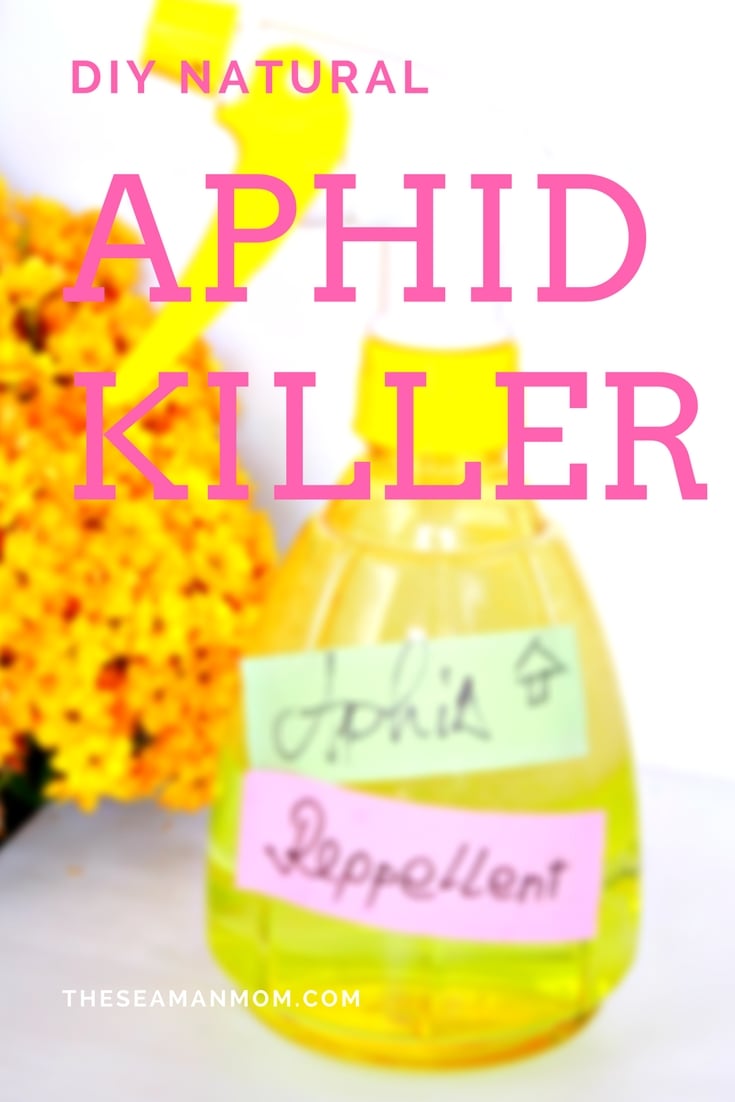
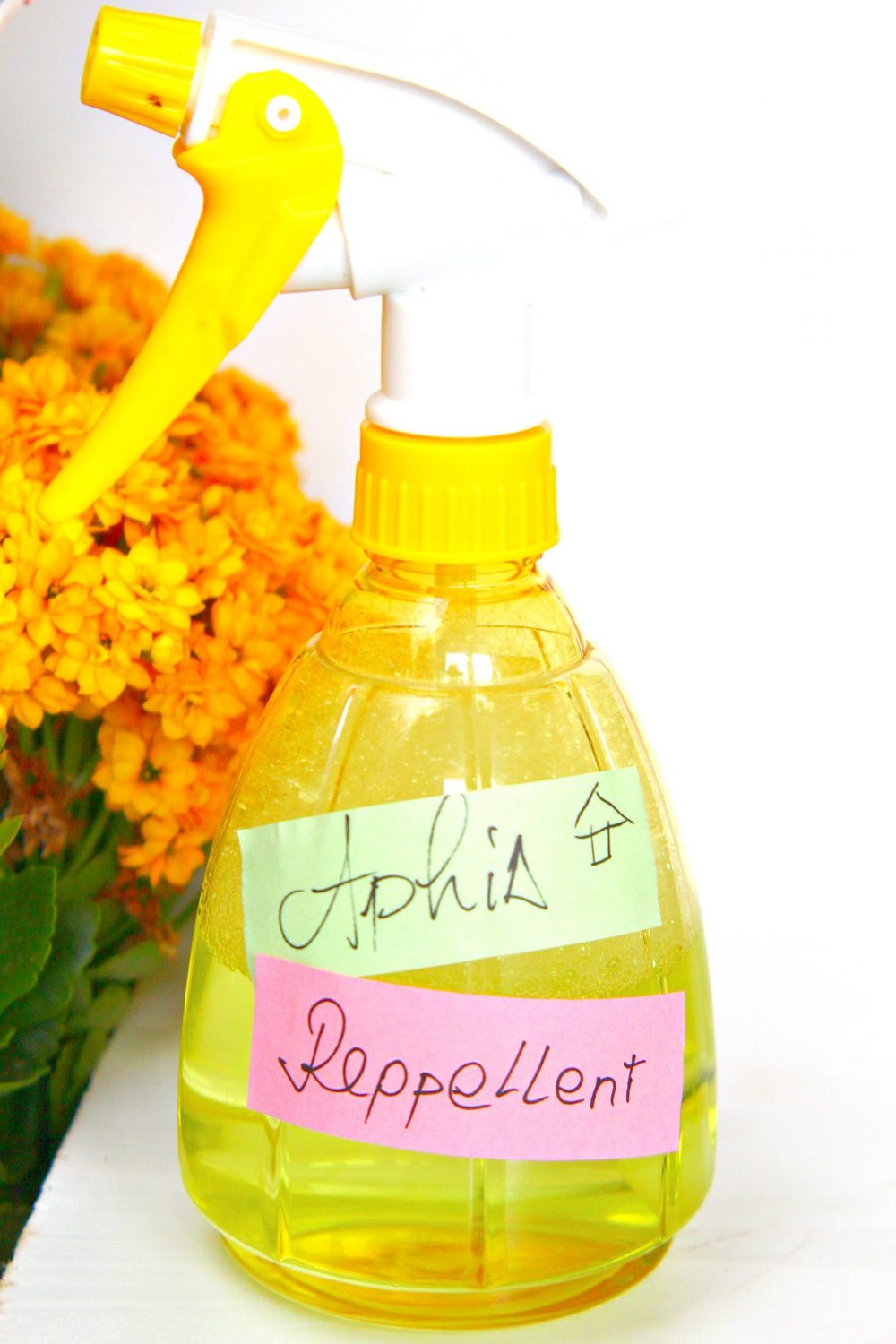
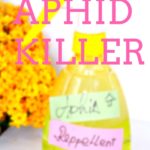

Will this harm the bees
Hi Kay. I do my best to avoid spraying anything on plants while bees and ladybugs are active. I can spot the bees and avoid the plant while they’re active and for ladybugs I shake the plant beforehand to remove the them before applying.
This absolutely works! I made a gallon of this and added about 1 Tbsp of baking soda to the mix. It helps the plants. I was watching the aphids jump and fall off my tomato plants immediately! I applied this about 2 weeks ago and they haven’t been back. Thank you!